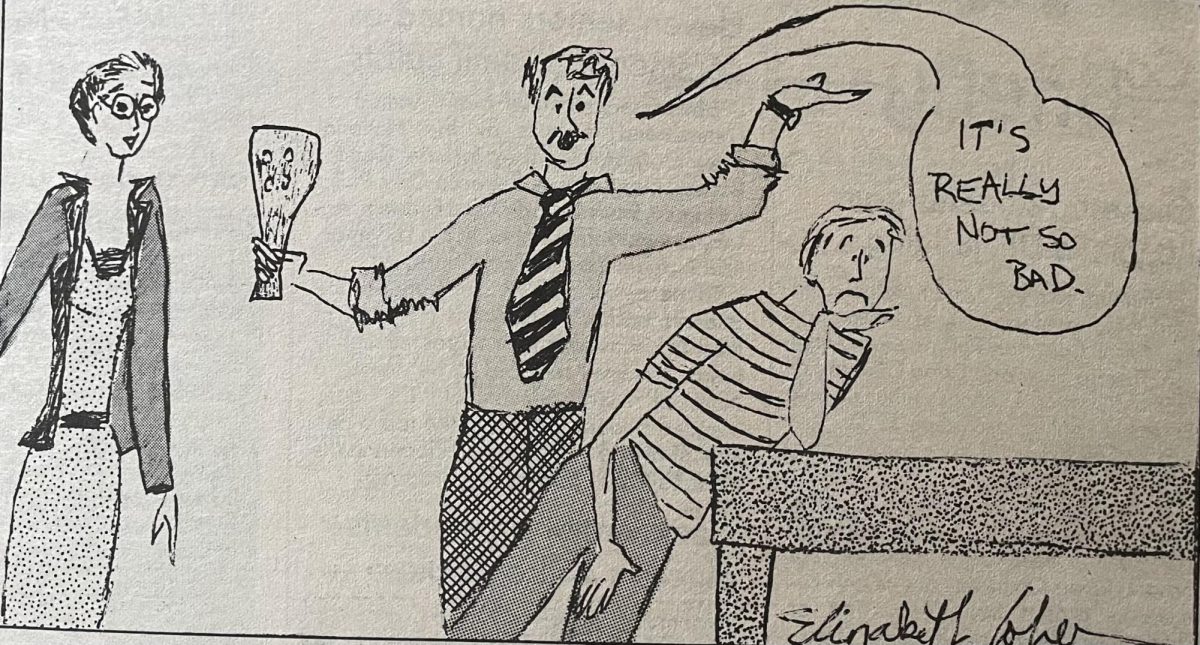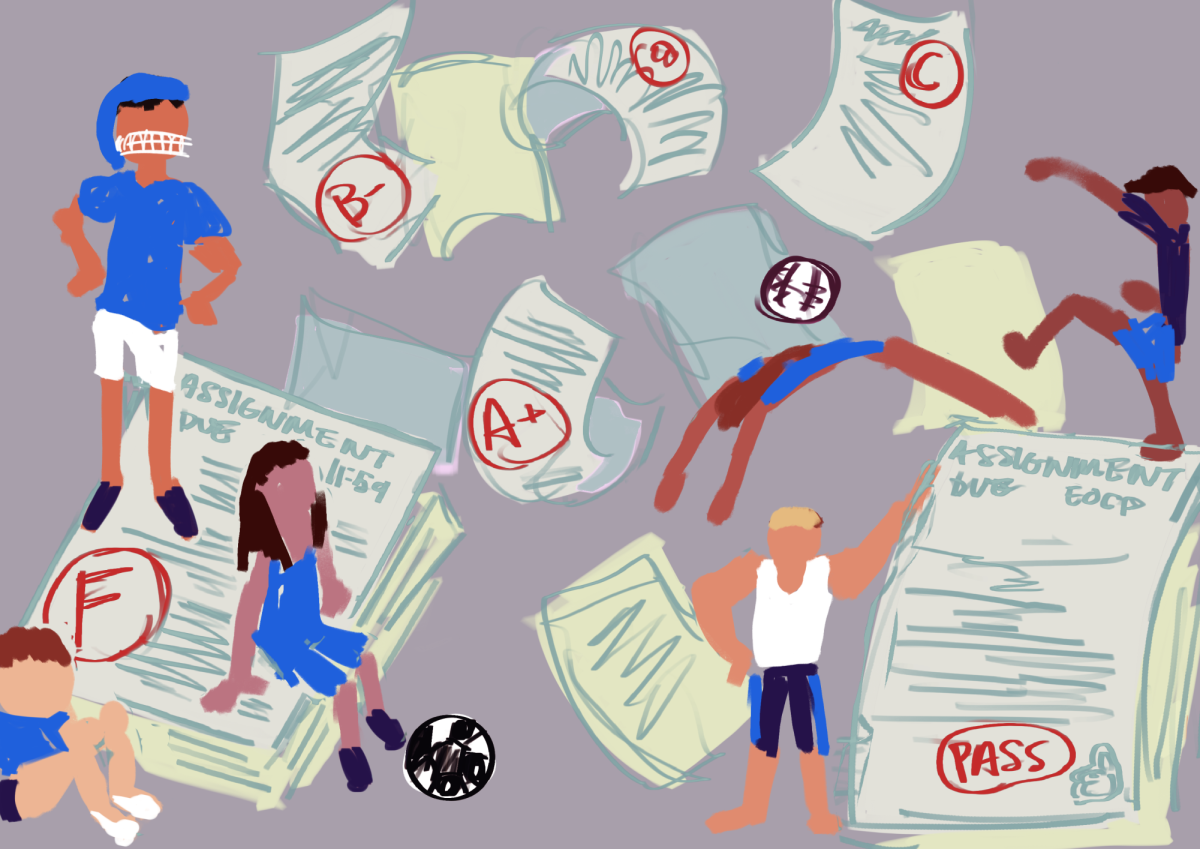“If you do not get quiet, I’m sending you to the office!”
In almost every day of a student’s life, this command can be heard either directly or indirectly. Teachers threaten students with the ultimate punishment of a trip to the principal’s office in order to remain in control of their classrooms.
Few people argue with the idea of sending a disruptive student out of the classroom, but much controversy surrounds what happens once the student arrives at the principal’s office, especially if it involves corporal punishment.
Corporal punishment is a disciplinary action that involves careful consideration on the part of the principal, and if dealt with responsibly can be a just and reasonable way of dealing with misbehaving students.
The principal has many options available as to how to deal with a student. It is his decision as to how the student will be punished. Most students receive a verbal reprimand or in more serious cases, an in-school suspension.
“We do not use corporal punishment at McCallum,” associate principal Penny Miller said. “We do not eve talk about it.”
In particular cases, however, corporal punishment can be administered. The most disturbing fact about corporal punishment is that it does not require parental consent. Students are given forms at the beginning of the school year that ask for parental signatures to allow or not allow corporal punishment to their child. Ironically, these permission slips are of no real value since parental consent is not necessary.
Corporal punishment seems to be a very loosely ruled discipline, but in reality, it is quite the opposite. Although parental permission is not required, strict guidelines exist involving its administration.
The principal is the only person who can administer corporal punishment. Only certain offenses can be punished by corporal punishment, and it must be done by a paddle or hand with no more than three hits and must be witnessed by someone other than the principal and the student.
For a principal to administer corporal punishment, he must follow all the rules. And if he is dealing with a high school student, he must first give the student a choice between corporal punishment and another means of discipline. To enforce all the guidelines, AISD requires the principal to write up a report of all disciplinary measures taken to be reviewed by the Office of Student Affairs. The principal has control, but the student is not denied his rights.
At the first mention of corporal punishment, most people shudder and argue that it is a violation of students’ rights and a severe injury to their personal integrity. For a child to be spanked by an adult other than his parent and without that parent’s consent seems impersonal and unfair.
Looking more closely at the issue, however, it is apparent that it is quite a complicated process to administer corporal punishment. If rules are followed, corporal punishment seems to actually be a very fair form of discipline.
“Corporal punishment could be a better alternative than suspension,” sophomore Dinica Quesada said. “If handled correctly, it can teach a kid a good lesson.”
If administrators play by the rules and are careful to treat a disciplinary situation with common sense, control and fair judgment, discipline in schools can start to be treated with less controversy. Students can be dealt with quickly and effectively so that problems will not come up again. Discipline is done to enforce correct behavior, and it is extremely important that it is performed with the same kind of responsible conduct it is trying to teach.
This article was published in The Shield on March 21, 1986.









![Carole Keeton holds her granddaughter, Anna McClellan (who happens to have the byline for this article), and is surrounded by her other granddaughters, Kathryn and Michelle McClellan, as she gives her concession speech for the gubernatorial race on Nov. 7, 2006. Although, she lost the race, having her family there made it one of the highlights of her political career. "The [best] moments are the moments when the family is all there. And they’re there in good times, and they’re there in the tough times."](https://macshieldonline.com/wp-content/uploads/2019/02/DP78C4-900x538.jpg)